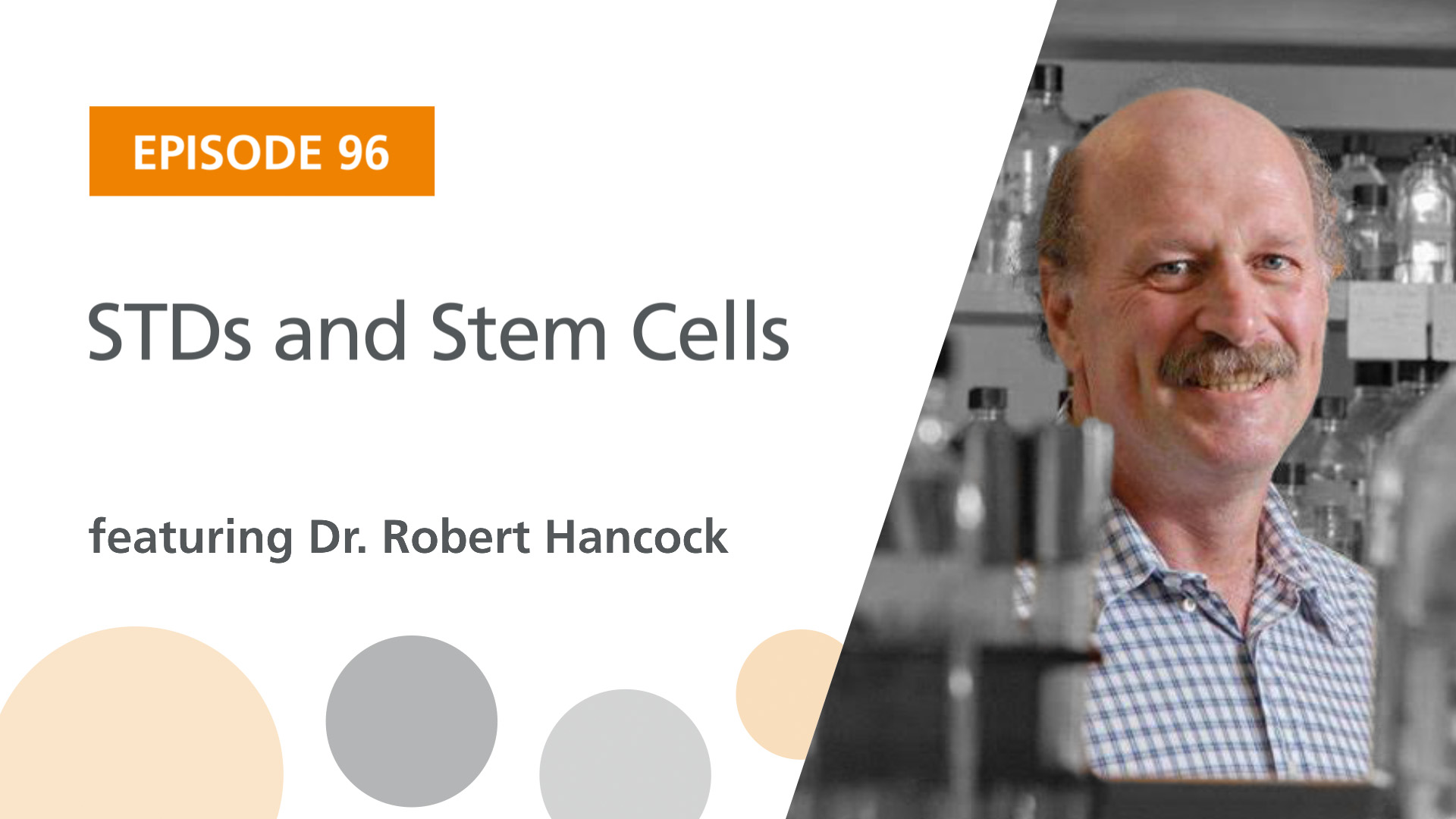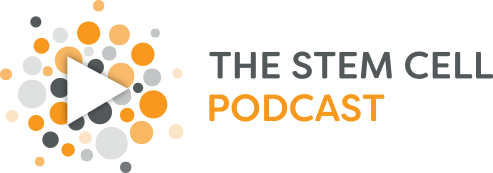
Podcast: Play in new window
Guest:
Dr. Robert Hancock is a Professor of Microbiology and Immunology, UBC, and a Canada Research Chair in Health and Genomics. Bob has published more than 660 papers and reviews, and has 50 patents awarded. The fundamental interest of Dr. Hancock and his laboratory is in designing new therapeutic strategies to treat infections in the light of increasing antibiotic resistance coupled with a dearth of new antibiotic discovery. Recently his team and their collaborators at the University of British Columbia have created an innovative technique for studying how chlamydia interacts with the human immune system. The researchers used a combination of gene editing and stem cell technologies to make the model. The results, reported in Nature Communications, identify novel drug targets for the sexually transmitted disease.
Resources and Links
Genetic Loci Associated with Coronary Artery Disease Harbor Evidence of Selection and Antagonistic Pleiotropy – Researchers report that some gene versions stuck around because fertility advantage outweighs heart disease risk.
Do It Yourself Vaccinations? – According to this article, Band-Aid‒like patch studded with dissolving microneedles can safely and effectively deliver a dose of influenza vaccine.
Stats to Help Prevent Gun Injury in Children – The authors report that new numbers on firearm deaths and injuries provide most in-depth look yet at impact of firearm violence on children.
Scientists Have Uncovered the Atomic Structure of a Key Alzheimer’s Protein for The First Time – Scientists have revealed the chemical structure of one of the key markers of Alzheimer’s disease, capturing high-resolution images of the abnormal tau protein deposits suspected to be behind Alzheimer’s and other neurodegenerative conditions.
‘Stem-Cell Tourism’ Needs Tighter Controls, Say Medical Experts – Stem-cell tourism involving patients who travel to developing countries for treatment with unproven and potentially risky therapies should be more tightly regulated.
Guiding Neural Stem Cells with Electrical Stimulation – When scientists applied electric current to human neural stem cells injected into rats’ brains, the cells moved toward the animals’ subventricular zone and lateral ventricle, instead of toward their olfactory bulb, the default destination.
New In Vitro Model to Test Drugs for Colon Cancer – The first-ever “disease in a Petri dish” platform that models human colon cancer derived from stem cells has been developed by Weill Cornell Medicine investigators, allowing them to identify a targeted drug treatment for a common, inherited form of the disease.
Integrin α7 Is a Functional Marker and Potential Therapeutic Target in Glioblastoma – Researchers used generation and screening of thousands of monoclonal antibodies to search for receptors and signaling pathways preferentially enriched in glioblastoma stem-like cells.
Photo Reference: Courtesy of Dr. Robert Hancock

